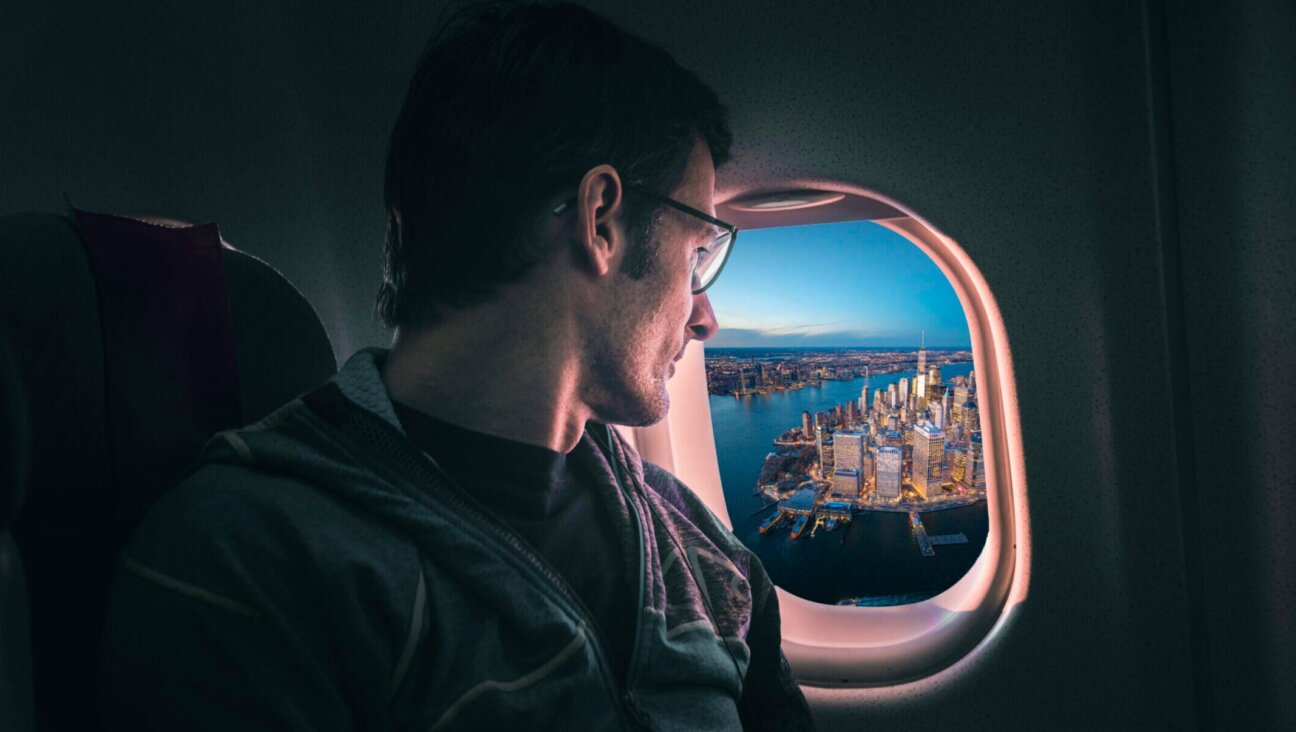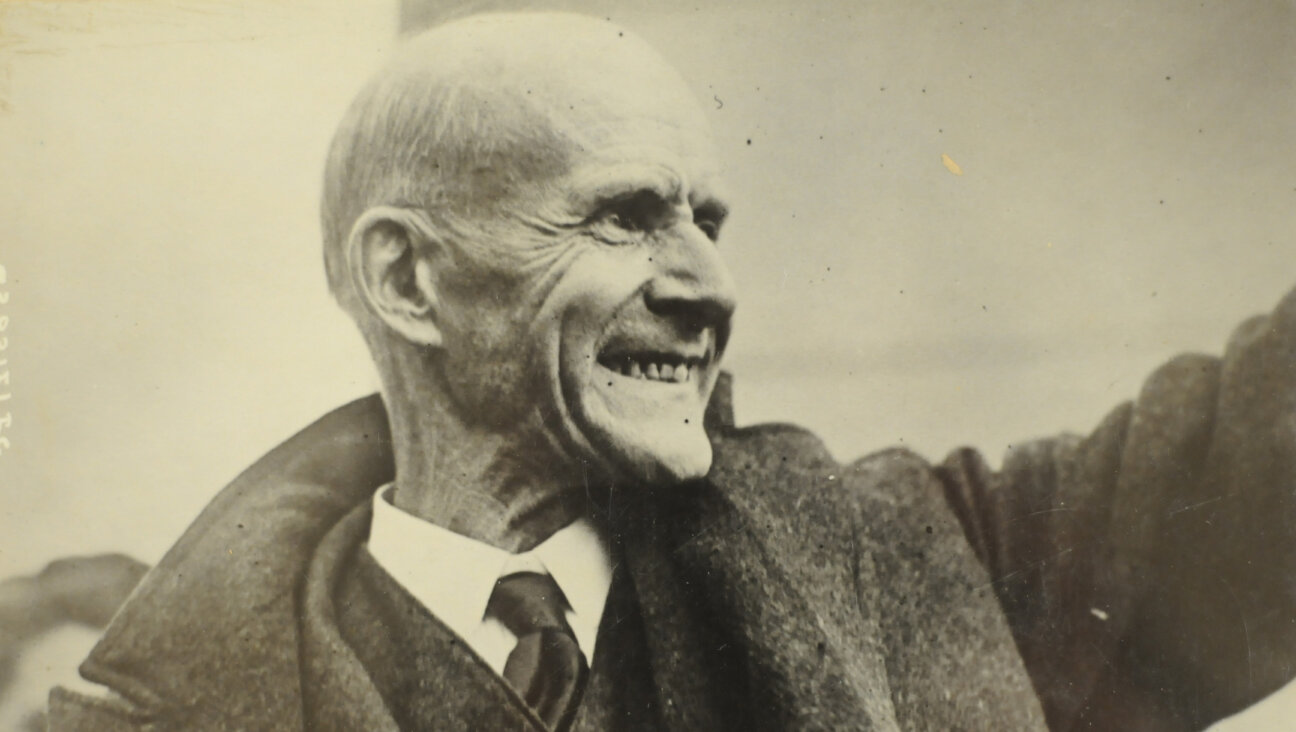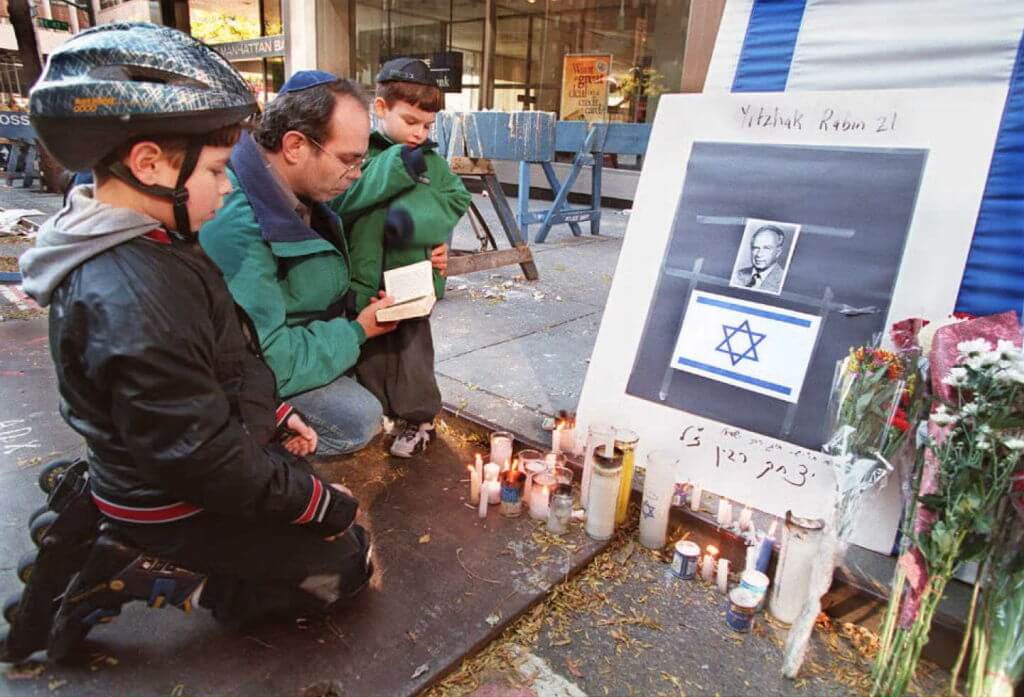Auschwitz Town Haunted by Death, Even 70 Years Later

Image by getty images

A guide tells visitors about the horrors of Auschwitz. Image by getty images
(Reuters) — Bogumila recalls how as a small girl growing up in the Polish town of Oswiecim she saw prisoners beaten by Nazi guards and watched with her mother the distant glow of the crematorium fires of the Auschwitz concentration camp.
“Everyone sat in their homes in silence, windows shut as tightly as possible,” she said.
The 70th anniversary of the liberation of Auschwitz, to be attended by world leaders and survivors, raises painful questions for residents of Oswiecim where Nazi occupiers created one of the most relentless extermination machines in history, claiming the lives of an estimated 1.5 million people.
How did their parents go about their daily business when such inhumanity was taking place just the other side of a barbed wire fence? How much did they know of what was going on?
“Of course people knew what was going on,” said Bogumila, who lived through the occupation as a child.
The mass extermination of prisoners and the incineration of thousands of bodies, she said, were no secret. Some describe having to live with the stench from bodies being incinerated at Auschwitz, but keeping quiet to survive.
“Every now and then, my mum and I would walk towards the camp, and see the disgusting glow on the horizon,” she said.
But during the war, survival was uppermost in the minds of most of the town’s population. The occupation was brutal.
While some local people recall residents bravely sheltering Jews in their homes, others speak of Jews betrayed to the Nazis by their neighbors.
“Most of them did nothing, because they were scared,” said Bogumila.
Bogumila was one of four women, meeting in a cafe in Oswiecim this month, sharing memories of growing up in Oswiecim at the time and of what their parents told them about it.
They declined to give their family names, fearing that by speaking candidly they would anger other people in the town who prefer not to dwell on their wartime past.
Between 1940 and 1945, Auschwitz developed into a vast complex of barracks, workshops, gas chambers and crematoria.
PROTECTION, BETRAYAL
Despite extremely strict laws against those aiding Jews in the territories occupied by Nazi Germany, some Poles still risked their lives trying to help.
Today, Poland boasts the highest number of rescuers who were granted the Righteous Among the Nations title by the Israeli Holocaust research institute Yad Vashem, with 6,454 Poles officially recognized for their efforts to save Jews.
“My aunt was hiding a Jewish girl in her house in Oswiecim during the war,” said Wanda, a retired hairdresser.
But with Jews making up around 10 percent of the country’s pre-war population, anti-Semitism was also rife among Poles.
The Jewish girl whom Wanda’s aunt was trying to protect was captured and killed after two young Polish women spotted her in the street and pointed her out to German soldiers, Wanda said.
Some also tried to benefit from the situation financially, either by trading information to the Germans, or by blackmailing Jews in hiding. This was punished by death by the Polish underground.
Some Poles also benefited from the death of Jewish countrymen by acquiring their property. Joanna, a retired accountant born shortly after the war, grew up hearing tales of people digging around the camps after 1945, searching for gold.
“We know people who got rich, who made the money they have today from it,” said Ewa, a Polish woman of Jewish descent, who was two years old when the war ended.
Born in Oswiecim to a Jewish mother and a Polish father, she decided to stay in her hometown after the war. Today, she says she is one of the very few Jews remaining there.
“Mum was kept in the camp for three months,” Ewa said. “She was smuggled out for money, hidden under a cart full of beans.”
“She only survived thanks to a Volksdeutcher, who was paid off by my father,” she said, referring a group of people considered ethnically German by the Third Reich.
“He worked closely with the Germans, so he would come to my father and say: make her disappear for two weeks.”
“How many he sent to the camp – that I don’t know. But I know he helped my mum. That he did it for money? Tough. Back then this was something you had to pay for.”
Seven decades on, Oswiecim is trying to put the bleak past behind it, a giant “City of Peace” banner displayed next to the main railway hub, which once saw hundreds of thousands transported in cattle wagons into the camp’s gas chambers.
Oswiecim’s residents are also trying to move on. “Subconsciously, all of that is still with me,” said Ewa. “But I never talk about it. Best to draw a veil of silence over it.”

















